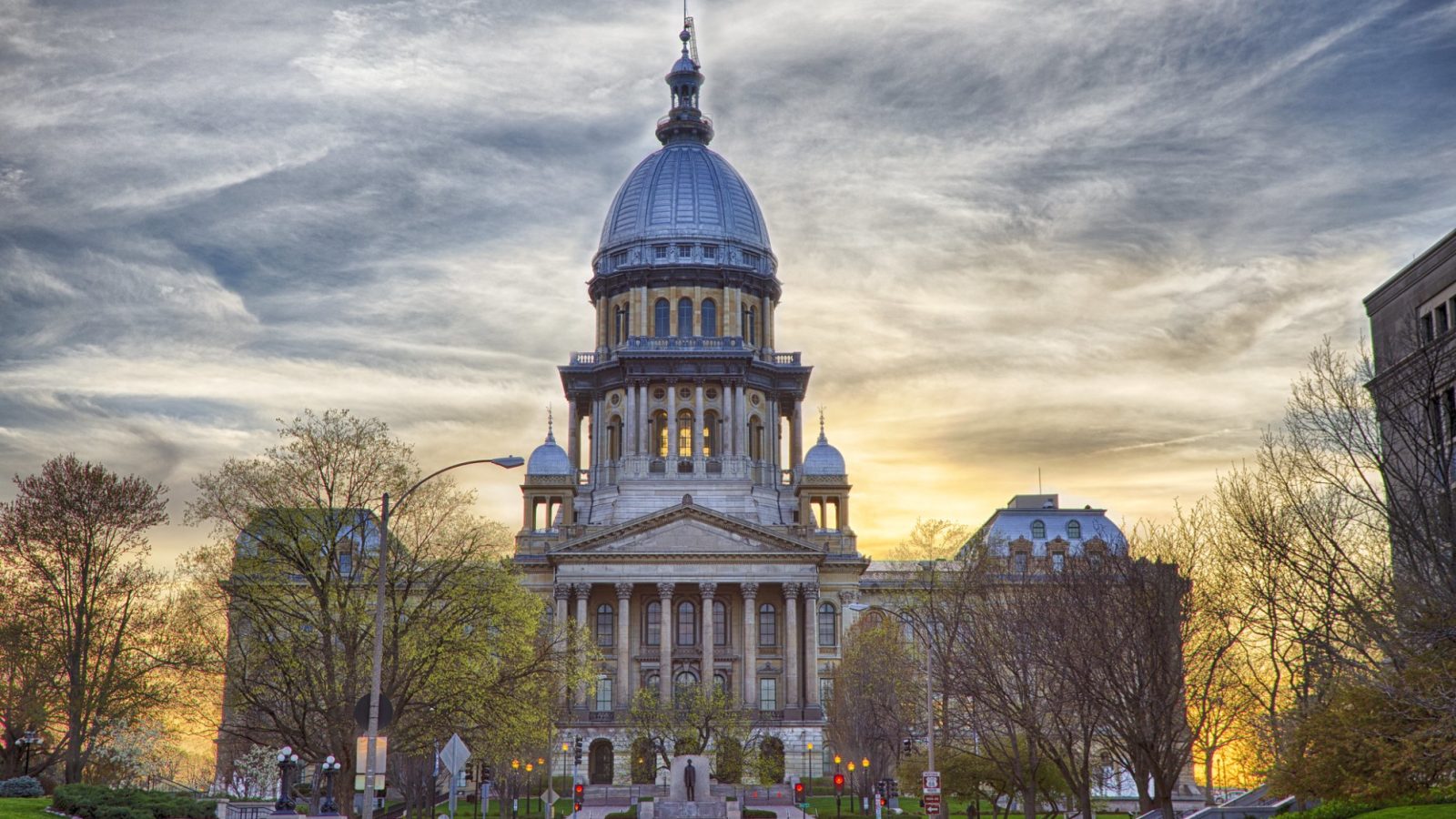By Cary Shepherd
Policy Director, Illinois Environmental Council
The federal administration unveiled its latest attempt to prevent our nation’s transition to a clean energy economy earlier this week.
After announcing the repeal of the Clean Power Plan – the Obama Administration’s signature climate change policy – the EPA has proposed to replace it with the ironically named Affordable Clean Energy Rule. Little about this rule is either clean or affordable. This new proposal removes the statewide cap on carbon emissions from power plants and allows states to independently relax regulations on power plant pollution, thus leaving little federal guidance. Without rational federal policy in place, responsible state energy programs are now essential to protecting the planet and the health of our communities.
Is Illinois prepared for this change?
Two years ago, the answer would have been no. Back in 2016, the Illinois Renewable Portfolio Standards, the mechanism used to source clean energy in a governance region, did not even apply to most of the state. Moreover, the State of Illinois did not have the power to insist that new clean energy projects such as wind and solar farms were being constructed. In short, the former framework prohibited the state from making necessary improvements in renewable energy. Many other states are still in this position today.
Yet thanks to the Future Energy Jobs Act (“FEJA”), a bipartisan bill passed in late 2016 and spearheaded by the Illinois Clean Jobs Coalition, which IEC is a member of, we are prepared. In fact, Illinois is on track to still meet the carbon-reduction goals set out in the Clean Power Plan – despite federal setbacks. By changing the Renewable Portfolio Standard system to require that only newly built clean energy projects are awarded financial credits (i.e. Renewable Energy Credits), Illinois will see an increasingly large portion of our energy coming from renewable generation – 25% of our electricity by 2025 to be exact. Since roughly half of all Illinois’s electricity is currently generated at non-renewable but carbon-free nuclear plants, this will allow the vast majority of our electricity to be carbon-free by 2025. This is a remarkable shift considering that only a few years ago coal-fired power plants produced half the state’s electricity. What is even more remarkable is the speed at which Illinois residents and businesses are constructing new renewable energy systems across the state.
By the numbers:
Over the next four years Illinois will go from under 100 megawatts of installed solar energy generation to nearly 3,000 megawatts of installed solar generation systems using incentives designed to make the benefits of solar power accessible to all residents of Illinois – regardless of income. This is a 3000% increase in solar power over just a few years. Additionally, Illinois currently has about 4,300 MW of wind energy generation, and in the next couple years the state will build another 1,300 MW of wind energy to keep pace with solar.
How will the federal changes impact Illinois?
So that’s where the new clean energy in Illinois is coming from. But you may be wondering (or worrying) if the current federal administration puts this progress in jeopardy. Fortunately, the clean energy growth described here is largely due to state policy and economics, and is not dependent on federal action. Once newly built renewable energy generation systems are constructed, they are far more cost-effective than fossil-fuel generation systems, and even when construction costs are incorporated renewable energy is cost-competitive with natural gas and less-expensive than coal.
While the new-build requirement in Illinois does not directly require a carbon cap, it does create a regime that effectively reduces carbon pollution from power generation by crowding out dirty and expensive fossil fuel plants. Amazingly, all this is done without raising taxes or electricity bills; FEJA has a statutorily imposed 2% cost increase cap for electricity customers, and current projections anticipate that energy bills will in fact decline over time.
Illinois: Clean Energy Leader
Now that we know federal programs will not offer any meaningful reduction in carbon emissions, it is up to the states to create bold climate policy. Illinois is on our way to a reduced-carbon energy system, but there is more to be done. We need to create a zero-carbon energy system to achieve the maximum financial, health, and environmental benefits of clean energy – lives literally depend on it. Right now, the Illinois Clean Jobs Coalition is working to design and propose new methods for Illinois to achieve 100% renewable energy by 2050, build a carbon-free power sector by 2030, and reduce pollution through immediate action such as electrifying the transportation sector. Accomplishments like these require bold strokes, and at least for the foreseeable future, it is up to the states to forge the path forward – and Illinois needs to be leading the way.

